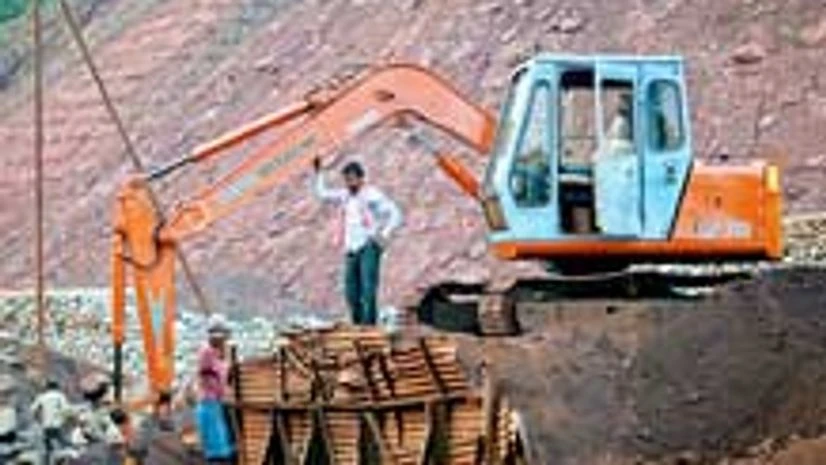With surplus availability of iron ore in the domestic market, imports are likely to shrink to five million tonnes (mt) in the current financial year, compared with 15 mt in 2014-15.
According to Manish Kharbanda, executive director and group head (mines & minerals) at Jindal Steel & Power, the reopening of key ore mines in the top producing states of Odisha, Karnataka and Goa has resulted in increased supply, causing prices to fall. “This, in turn, has made steel makers to go for domestic raw materials, resulting in fall in import of iron ore in this fiscal (FY16).”
Iron ore output in the country is estimated to be 153 mt by the end of FY16, up from 123 mt in the last financial year.
Also Read
Analysts say subdued demand in steel and the falling rupee will also play a role in pulling down imports.
“Due to domestic supply issues, India saw import of iron ore in the past two years, but given the subdued market of steel and ore and fall in domestic iron ore prices, the trend is not expected to sustain. Any notable import of ore is not expected. Further, the falling rupee will make import of ore costlier,” said Pukhraj Sethiya, associate director at PricewaterhouseCoopers.
After the enactment of the amended Mines and Minerals (Development & Regulation) Act, Odisha issued orders to extend the validity of 50-odd mine leases. Of this, 27 iron ore mines have re-commenced production, raising the hope of robust output. Odisha's iron ore production is pegged at 65 mt in the current financial year, up from 47 mt a year ago. Odisha, the biggest ore producer, is tipped to contribute 42.5 per cent of the country's overall iron ore output in FY16.
Ore output in Chhattisgarh would move up marginally from 31 mt to 33 mt this year. For Karnataka and Jharkhand, too, the growth is projected to be modest.
Karnataka’s ore output is projected at 24 mt (from 21 mt in FY15), while Jharkhand is expected to improve its tally from 17 mt to 19 mt.
Goa, which produces low-grade ore, would add five mt from zero level.
Apart from enhanced availability in the domestic market, currency fluctuations will have a bearing on imports of iron ore. JSW Steel (8.4 mt), Tata Steel (3.06 mt) and Essar Steel (0.23 mt) were the major importers in FY15.
“With the rupee remaining predominantly weak and currently hovering around 65 against the US dollar (USD), iron ore imports continue to be expensive. Unless the rupee improves significantly by the end of this quarter in the range of 60-63 vis-a-vis USD, there will always be pressure on the quantum of imports of iron ore,” said Kharbanda of Jindal Steel & Power.

)
